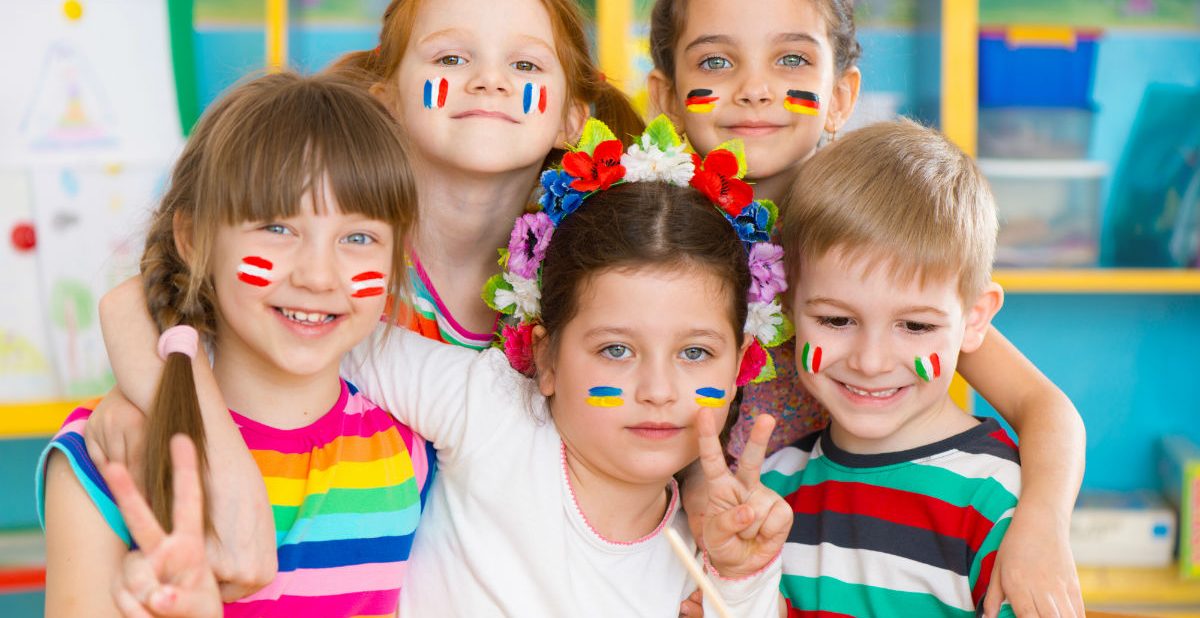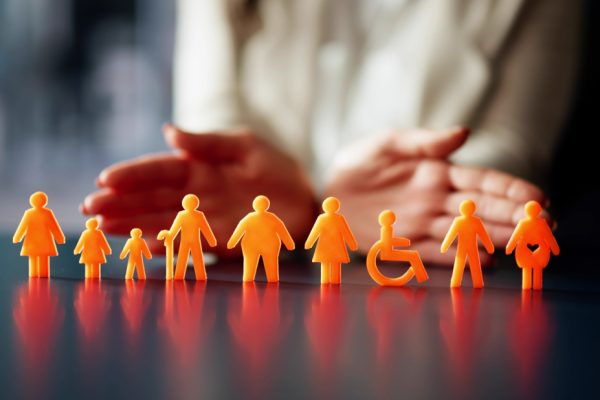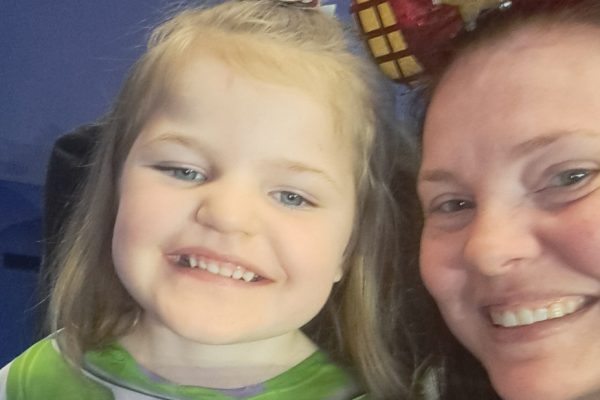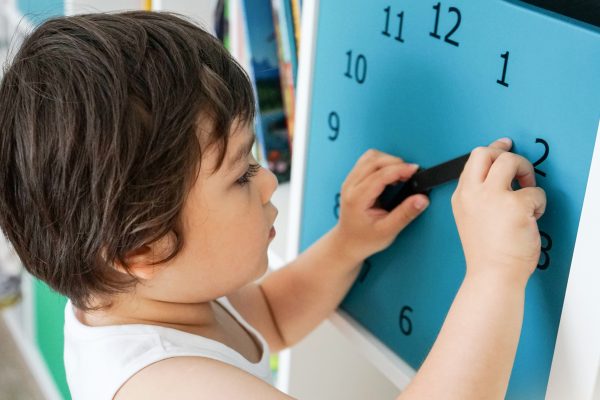
Bilingualism – sorting fact from fiction about early language learning
By Sanjida Sarmin
With estimates showing that four million Australians speak a language other than English, it’s not surprising that many kids are growing up bilingual.
Bilingual benefits
In the past, teaching children to be bilingual has received bad press, with some suggesting that it causes confusion or delayed language development. Others suggest that parents should stop using the first language when their child begins speaking a second one. However, these attitudes are not supported by research. In fact, the science suggests early bilingualism has several benefits.
Children who know more than one language, for example, will have advantages for travel, employment and making friends from different backgrounds. Studies have suggested that bilinguals have some benefits in social situations, such as understanding other people’s perspectives and intentions, and increased sensitivity to tone of voice.
Bilingual children have also been shown to perform better on cognitive tasks that involve switching between activities and inhibiting previously learned responses. It’s important to note that these advantages have sometimes been overstated. Bilingualism is not essential for healthy development.
Let’s talk about language learning
There are two ways a second language can be learned:
- Simultaneously – when a person is exposed to their first and second languages at the same time. For example, a child growing up in a home where both English and Vietnamese are spoken.
- Sequentially – when the second language is developed after their first. For example, a child grows up speaking Spanish and is exposed to English at kindy.
Usually, a child who is exposed to their second language past the age of three will become a sequential bilingual.
The stages of sequential language learning
Sequential language learning involves several stages. They can be summarised into 3 predominant stages:
- Silent or receptive phase – it is not uncommon for early bilinguals to undergo what’s known as a silent or receptive phase. This is the period when the child is learning by watching and listening. They may not respond to any communication.
- Speech production/emergence – during speech production/emergence, the child is beginning to ‘collect’ words in their second language. Through increase in words, the child is becoming increasingly connected to their environment and peers.
- Continued language development – finally, the child moves on to continued language development. This is where speakers begin communicating in complex sentences. The child is achieving greater accuracy and complexity with their new language, and increasingly applying it in practical situations. This phase can last a long time.
Delay or difference? How to tell
Contrary to some of the myths about bilingualism, children who have a true language disorder will typically have difficulties in their first language as well as their second. This is because the brain’s language learning systems are the same, regardless of what language a person speaks.
Some warning signs that your child has a language learning delay include:
- Not combining words or having a limited vocabulary by the age of two to three.
- Having difficulties using and understanding the first language as well as the second.
- Making little progress despite being exposed to the second language for two years or more.
These signs indicate that your child could need an assessment with a speech pathologist.
Supporting young language learners
There are many ways you can support your child’s language development:
- Use visuals along with verbal instructions, such as photographs, drawings and picture books.
- Play games, such as ‘Simon says’ for listening and following instructions. Sort objects into shapes and colours or have a treasure hunt to help with concepts like ‘in front’, ‘behind’ and ‘under’.
- Sing songs and nursery rhymes (‘heads, shoulders knees and toes’, ‘hokey pokey’ etc)
- Repeat or rephrase ideas (take your bag, pick up your bag)
- Model correct grammar (eg child: “he not share”; you: “oh, he isn’t sharing?”)
- Use non-verbal communication and gestures (eg pointing)
- Emphasise important information (put your hat in your bag)
- Expand and extend (child: “car”; you: “that’s a big car”)
- Provide choices (“do you want the blocks or the train set?”)
- Commenting (“Joe is going down the slide”)
- Overuse words to provide more opportunity for children to hear the word
- Have clear boundaries if you’re using two languages at home. For example, Tagalog at the dinner table and English at the shops.
This article was developed by Growing Early Minds’ Speech-Language Pathologist – Sanjida Sarmin. Growing Early Minds supports children and their families by providing early childhood intervention services for children with a range of developmental delays, concerns and disabilities. Speech-language pathology can help your child if they’re struggling with communication such as expressing themselves, understanding instructions, pronunciation or stuttering. Speech therapy can build the confidence children need to reach their potential. For more information visit growingearlyminds.org.au
References







